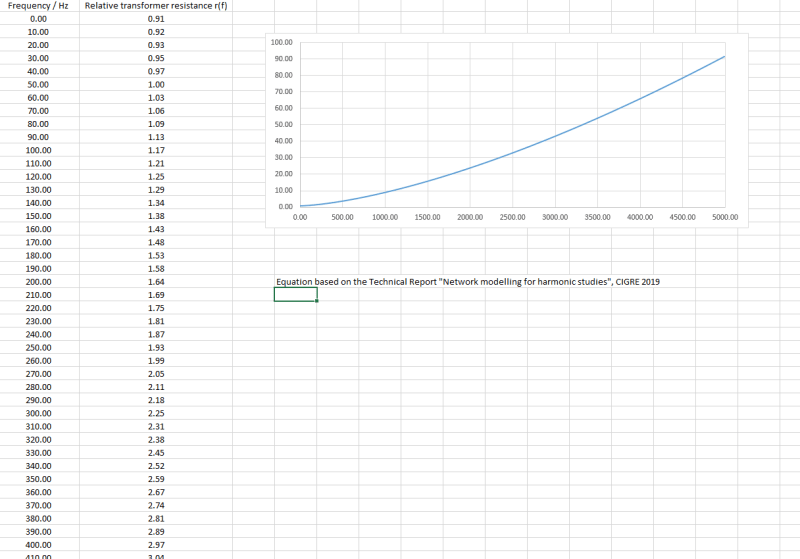Waqasakbar323
Electrical
For my research project, modelling is needed for dyn5 630 kVA transformer and 20 kV cable NA2XS(F)2Y to do harmonic analysis. For that i need leakage reactance, and resistance of copper losses for transformer. And following parameters for 20 kV cable are also needed.
Positive, negative and zero sequence of resistance, reactance and susceptance.
Can anyone help in it?
Positive, negative and zero sequence of resistance, reactance and susceptance.
Can anyone help in it?

